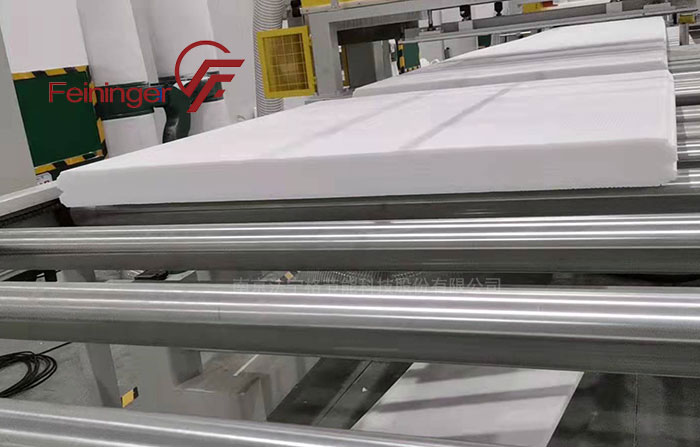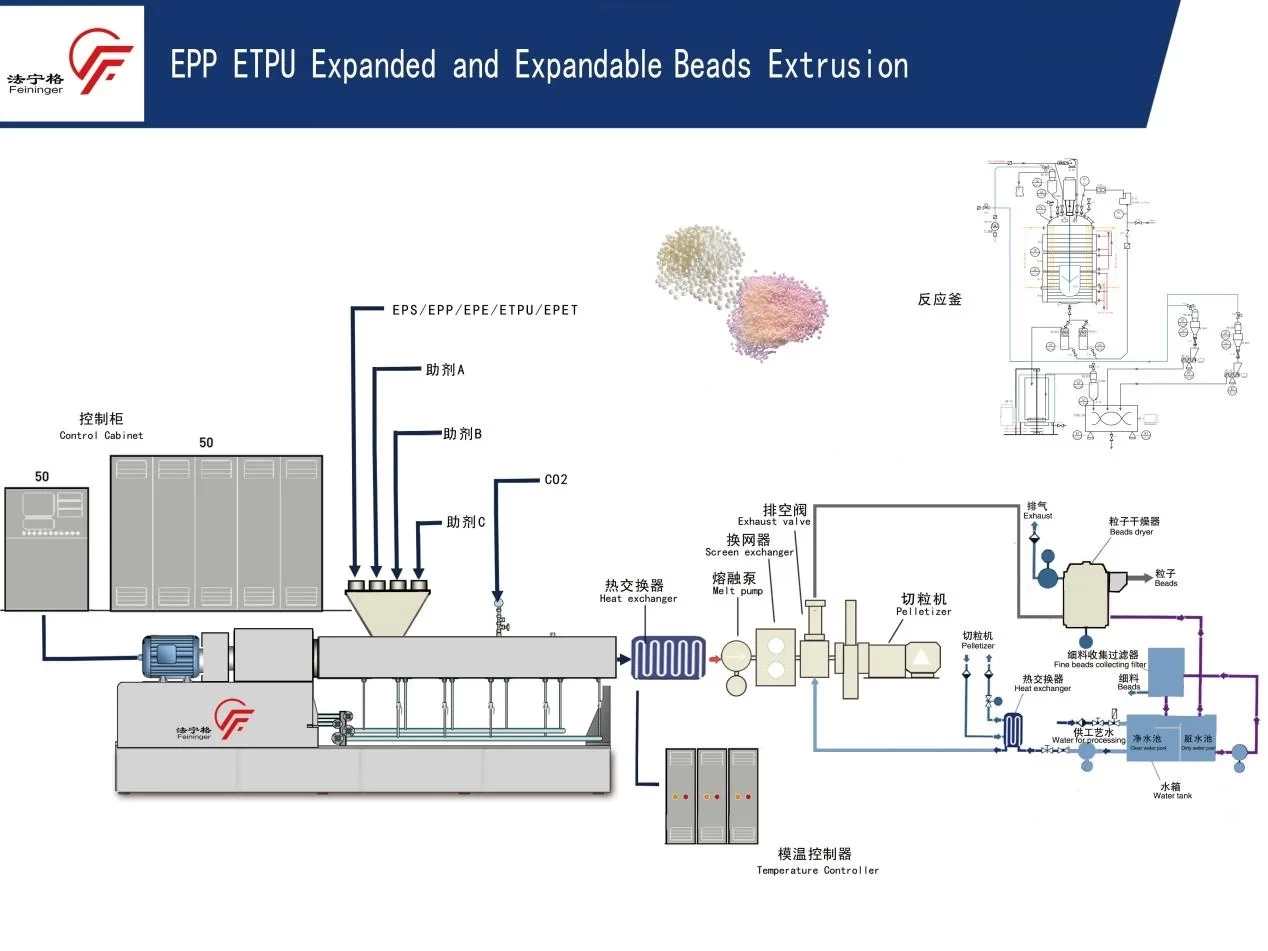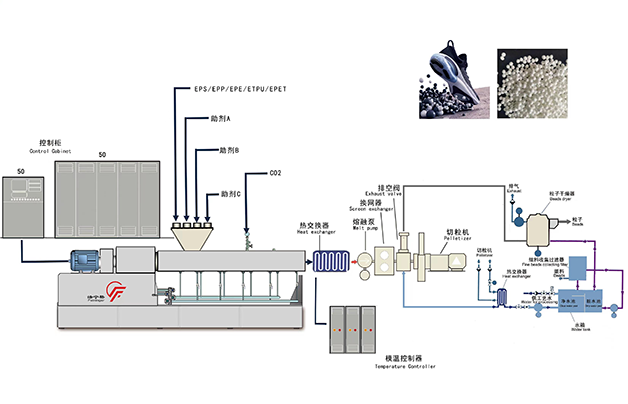Technology
12
Dec . 2024When it comes to finishing touches in interior design, skirting boards (also known as baseboards) play a critical role. They are not only decorative but also protect walls from scuffs, dirt, and impact, while creating a clean and polished look. Traditionally, wood skirting boards have been the go-to choice for most home and commercial projects. However, with the rise of modern materials, PS skirting boards (made from high-density polystyrene) have become increasingly popular. In this blog, we’ll compare PS skirting boards to traditional wood skirting boards, helping you determine which is the best option for your next project.
Feininger’s PS skirting boards are extruded from high-density polystyrene, finished with a durable, machine-printed decorative layer. These skirting boards offer a variety of benefits, particularly in areas prone to moisture or heavy wear and tear. Their advanced design makes them a standout choice for modern interior design projects. PS skirting boards are ideal for homes and businesses located in humid environments, or for anyone looking for an eco-friendly and low-maintenance option.
One of the primary functions of skirting boards is to hide the joint between your walls and flooring. Feininger PS skirting boards offer a smooth, seamless finish that beautifies this transition. Unlike traditional wood skirting, which may require extra finishing steps to ensure smoothness and uniformity, PS skirting boards come ready to install with an attractive, consistent finish that enhances the overall aesthetic of any room.
PS skirting boards not only improve the appearance of the space but also serve as a protective barrier for your walls. They prevent the paint from getting scuffed, scratched, or damaged by daily wear. Traditional wooden skirting, though effective, may get damaged over time and require regular touch-ups. On the other hand, Feininger PS skirting boards feature a hard-wearing layer that can withstand impacts, making them a superior choice for high-traffic areas like hallways or living rooms.
When it comes to installation, PS skirting boards offer a hassle-free solution. The installation process for high-density polystyrene skirting is essentially the same as that of wood skirting. You can glue, nail, or even combine both methods for added security. Additionally, PS skirting boards are lighter and easier to handle than traditional wood boards, which can be bulky and difficult to maneuver, especially during DIY installations.
Maintenance is one area where Feininger PS skirting boards excel. Unlike wood skirting, which can absorb moisture and dirt, PS skirting boards have a smooth, non-porous surface that is easy to clean. Simply wiping with a wet cloth is enough to maintain the beauty and cleanliness of the skirting. Traditional wood skirting requires periodic sanding, varnishing, or painting to keep it looking its best, especially in high-humidity areas.
One of the standout features of Feininger PS skirting boards is their waterproof nature. This makes them an excellent choice for areas exposed to moisture, such as bathrooms, kitchens, laundries, or basements. Unlike wood, which can warp, swell, or rot over time when exposed to water, PS skirting boards remain intact and functional in wet environments. This is especially important in coastal areas where humidity levels can affect traditional wood products.
Another advantage of PS skirting boards over traditional wood is their lightweight nature. Feininger’s high-density PS skirting boards are easy to transport, ship, and handle. Whether you’re installing in a high-rise condo or a single-family home, these lightweight skirting boards can be easily manipulated and installed without the heavy lifting that typically comes with wooden skirting.
In today’s world, sustainability and environmental impact are major considerations when choosing materials. Feininger PS skirting boards are 100% green and eco-friendly. They are made using carbon dioxide as a foaming agent, which helps reduce environmental impact. Moreover, the product is recyclable, making it a great choice for those looking to minimize their carbon footprint. On the other hand, traditional wood skirting, while natural, may involve logging and deforestation, contributing to environmental concerns.
When comparing PS skirting boards to traditional wood, it’s clear that both materials offer unique benefits, but Feininger PS skirting boards stand out in several key areas:
If you are working on a project where durability, ease of installation, and low maintenance are key priorities, Feininger PS skirting boards may be the perfect choice. With their waterproof design and high chemical and scuff resistance, they provide both beauty and practicality. For more information on Feininger PS skirting boards or to request a quote for your next project, feel free to contact us today.
Mobile Phonel: +86-13776668008
Email: market@feininger.cn
Website: http://www.xpsmachine.com/
Address: No.2 Zhonglin Road,TangshanIndustry Area,Nanjing City, JiangsuProvince,China
Latest News

 10 Jul 2024
10 Jul 2024 Common Challenges in PET Foam Sheet Production and How to Overcome Them
Producing high-quality PET foam sheets is an intricate process that involves multiple stages, from raw material preparation to extrusion and foaming. Despite the advanced technology and machinery used, manufacturers often face several challenges.
 07 Jun 2024
07 Jun 2024 Selecting the Right EPP Particle Machine: Key Features to Consider
When it comes to manufacturing with Expanded Polypropylene (EPP), the quality and efficiency of your production process heavily depend on the EPP particle machine you choose.
 12 Jul 2023
12 Jul 2023 Feininger and Western University jointly developed a one-step method to produce ETPU "popcorn", which is a boon to the industry
ETPU, or foamed TPU, commonly known as "popcorn", is currently the most elastic foam particle on the market.